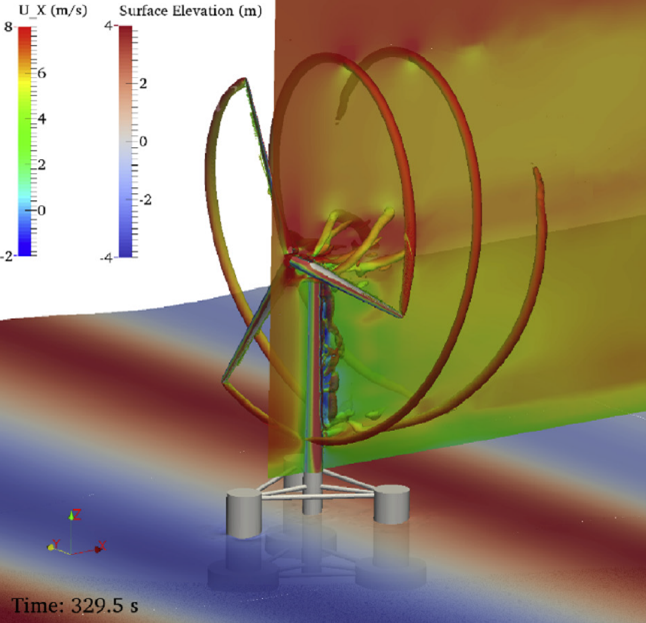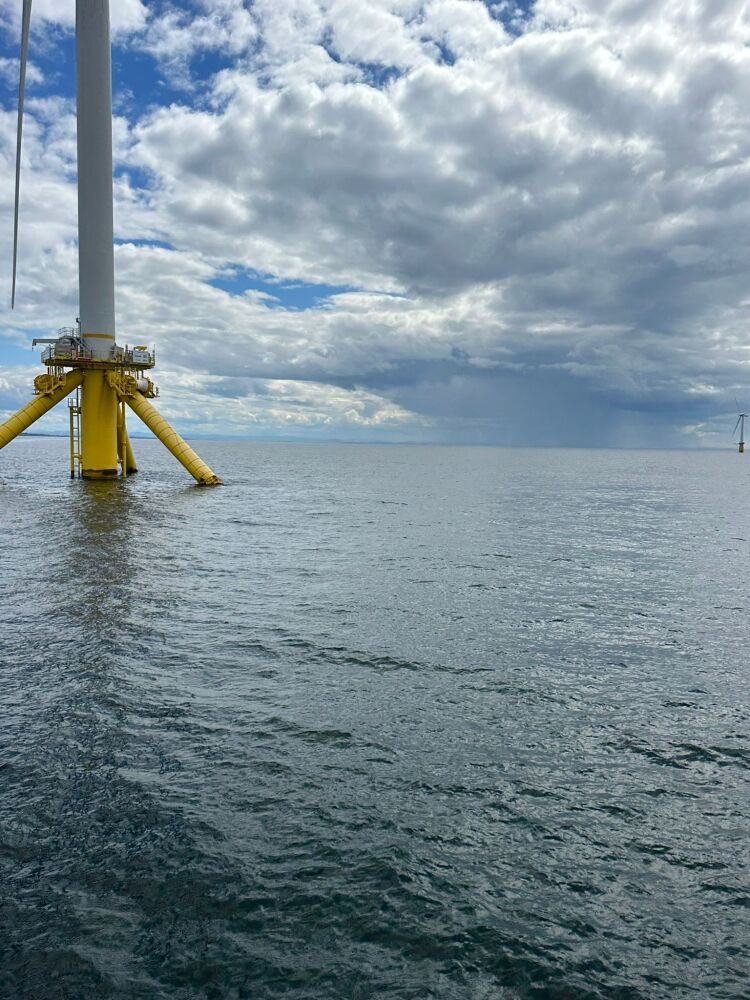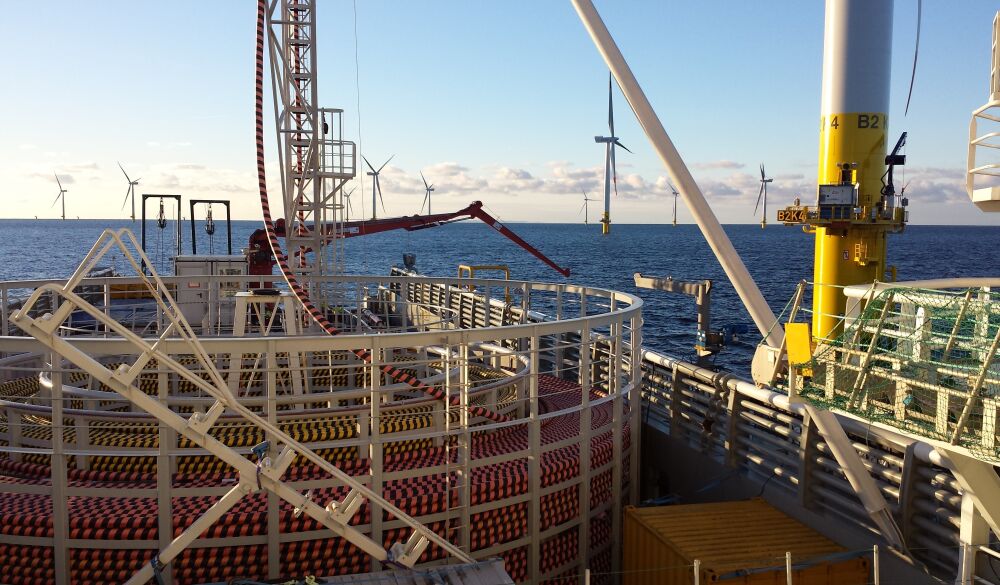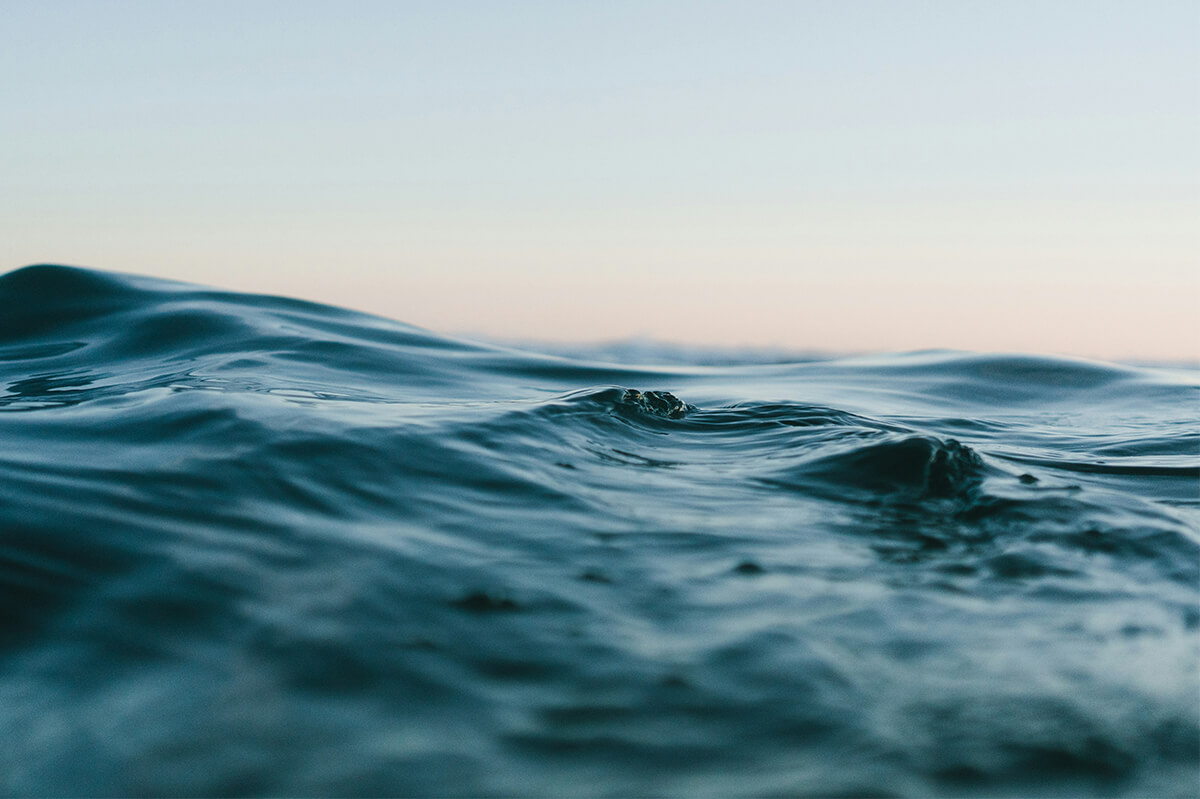
Unlock the Future of Offshore Wind in Australia
Discover the unique challenges and immense opportunities of Australia's offshore wind market with our comprehensive whitepaper. Gain insights into Australia's ambitious renewable energy plans, innovative installation strategies, and environmental considerations. Essential reading for industry professionals looking to succeed in this emerging sector.

The Modeling of Floating offshore wind turbines
The demand for accurate computer models increases as new parties step into the floating offshore wind industry. To accurately model a floating offshore wind turbine (FOWT) the interaction of the aerodynamics, hydrodynamics, control dynamics and structure dynamics are of importance. This combination of disciplines is often abbreviated into ‘aero-hydro-servo-elastic’.

Floating Wind
After bottom founded offshore wind energy, floating offshore wind energy is considered to be the main competitor as a renewable offshore energy source. Due to the currently available infrastructure for wind energy production, alternatives such as floating solar, tidal and wave energy lag behind. Still many technological and thereby economical hurdles have to be overcome before floating offshore wind can be surpassed in terms of feasibility.

Case Study of Inter-Array Subsea Cable Installation in the North Sea
The conventional approach for estimating vessel operability for offshore installation operations relies on numerical results from discrete sea state simulations (tabulated operability) and wave forecasts simplified into a set of statistical parameters (Hs, Tp, direction, etc.), leading to an important loss of operability and reliability. Recently, the potential of using vessel motions as cable installation limits has been explored due to the evidence of strong correlations between the vessel motions and the dynamic response of the cable or pipe.


